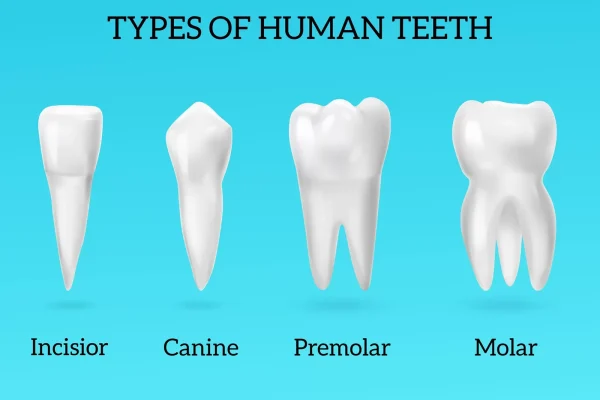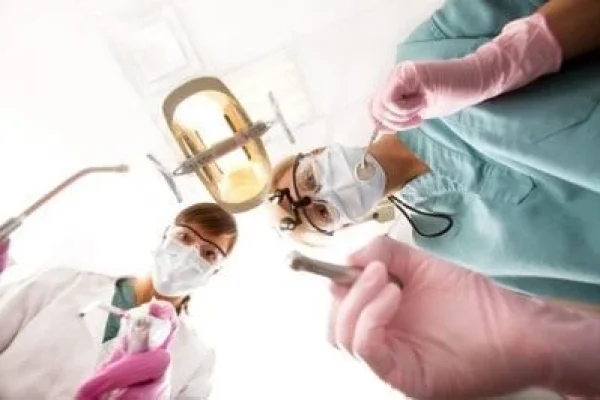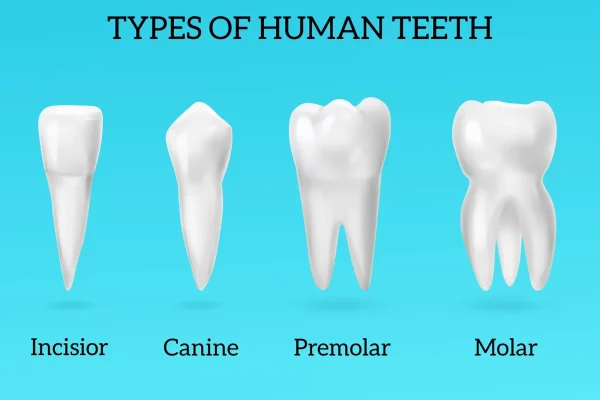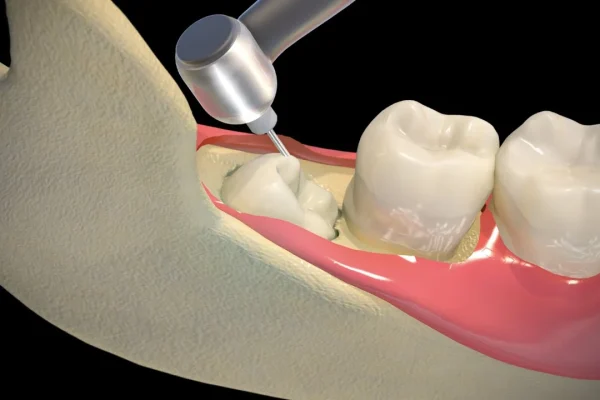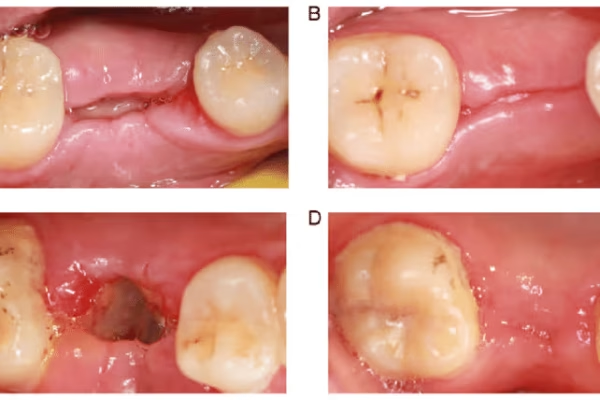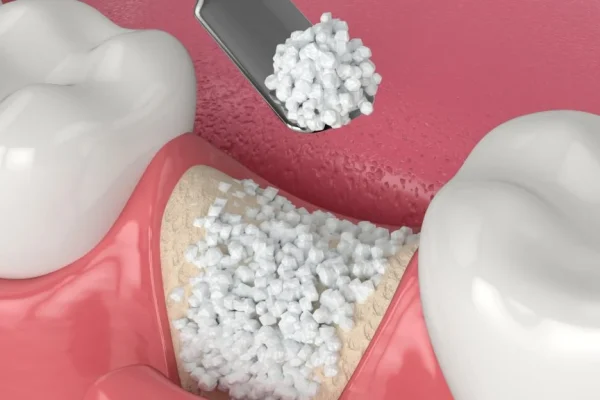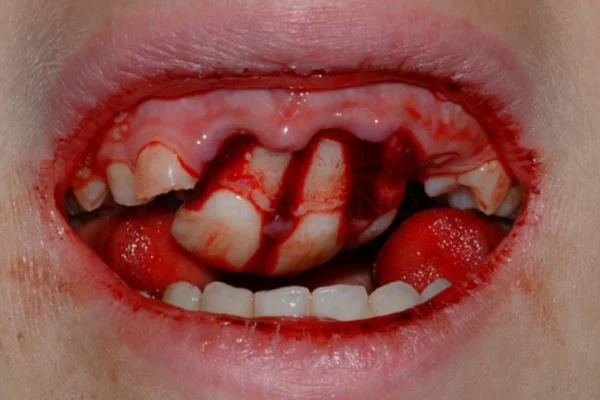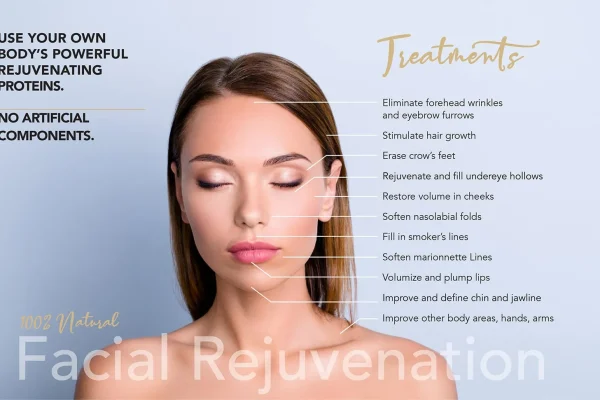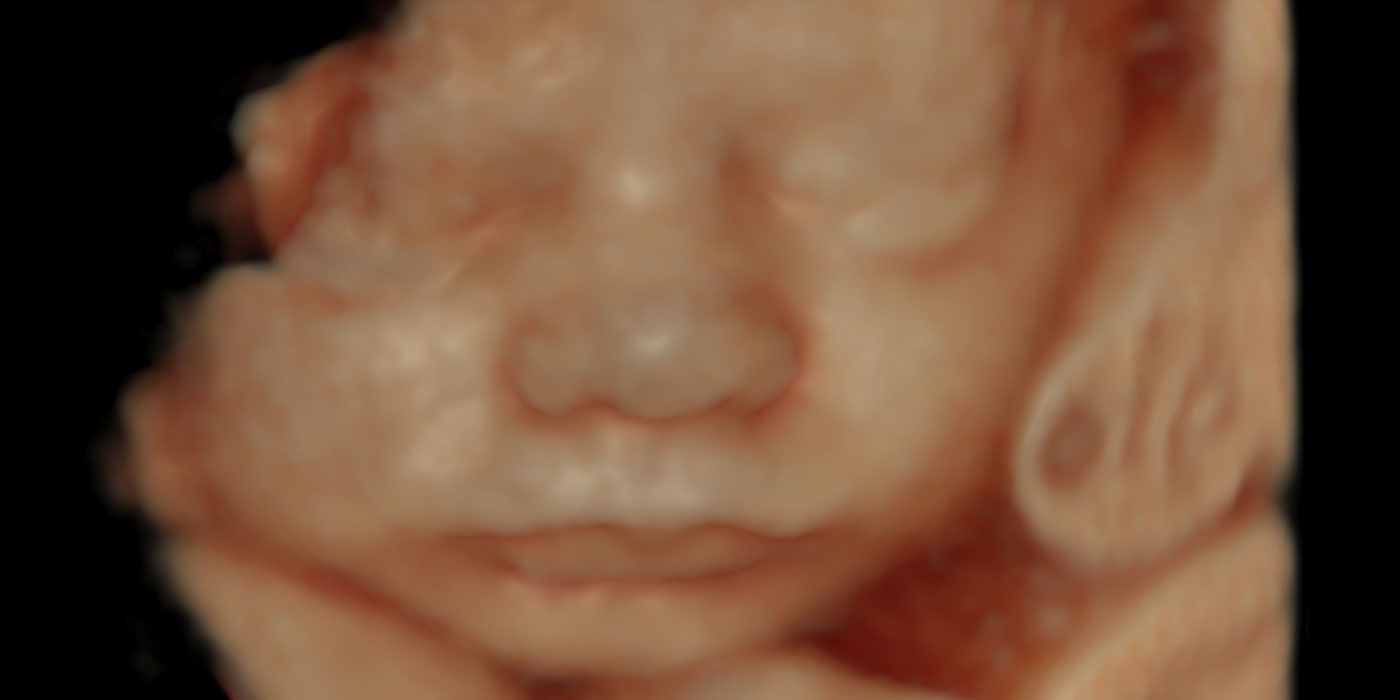
Key Takeaways
-
- 3D scanning is a technology that captures the geometry of physical objects/environments into precise 3d Models.
-
- Diverse techniques exist, including Structured light, LiDAR Scan, and photogrammetry (using photographs).
-
- Applications span Industrial 3D Scanning, architecture (3D Scans for Architecture, Engineering & Construction | Matterport), cultural heritage (Smithsonian 3D Digitization), and medicine (e.g., Body Scanning).
-
- Tools range from free smartphone apps (KIRI Engine: 3D Scanner App for iPhone, Android, and Web) to high-end Professional 3D scanners (Handheld 3D Scanners | Artec 3D | Best Professional Industrial 3D Scanning Solutions, 3D scanning with ATOS | flexible, reliable, ZEISS).
-
- Cost varies greatly depending on object size, detail required, and technology, from free to tens of thousands of dollars. Medical 3D scans (like 3D CT scan) have different cost structures.
-
- Non-medical 3D scanning is generally safe; medical “3D scans” (CT vs. 3D ultrasound) have different safety considerations.
-
- Scan duration varies from minutes to days based on project scope and complexity.
- Output is typically a point cloud or mesh 3d Models, used for analysis, design, or replication.
What Exactly are 3D Scans? Your Guide to 3D Digitization
Let’s peel back the layers on this intriguing technology, starting with the foundational question: What is a 3D scan? In essence, it’s a process that captures the geometry of a physical object or space and translates it into a digital format. Imagine shining a light or emitting a pulse at something and measuring how long it takes for the light or sound to return, or observing how light warps across its surface. That’s fundamentally what many 3D scanning techniques are doing – collecting millions, sometimes billions, of data points that represent the object’s external surfaces. This entire undertaking is often referred to as 3D Digitization, the act of converting tangible reality into manipulable digital data. The ultimate goal isn’t just a pretty picture; it’s to create a digital 3D form that can be measured, analyzed, modified, replicated (via 3D printing, for instance), or archived with incredible precision.
Why is this important? Because it forms the bedrock of Reality capture for professionals. Think about it: surveyors can capture the precise contours of a construction site, engineers can document existing machinery for modifications, and visual effects artists can scan actors to create digital doubles that are indistinguishable from the real thing. It moves beyond manual measurement or photographic guesswork to provide a comprehensive, data-rich representation of the world around us. It’s no exaggeration to say we are squarely in the Welcome to the 3D Scanning Frontier, a place where innovation is accelerating at a rapid clip, constantly pushing the boundaries of what’s possible in capturing physical form. From miniaturized scanners that fit on drones to massive systems that can digitize entire buildings, the tools are becoming more sophisticated, faster, and more accessible. For those seeking a broader understanding of the history and principles behind these methods, a visit to 3D scanning – Wikipedia provides a valuable academic perspective, tracing the evolution of these techniques from early photogrammetry to modern laser and structured light systems. It underscores that this isn’t just a sudden technological fad, but the culmination of decades of research and development aimed at accurately transposing the three-dimensional world into a digital format, ready for the next phase of creation, analysis, or preservation. Understanding What is 3D scanning? A beginner’s guide approach reveals it as a gateway technology, unlocking possibilities across an astonishing array of fields, making it a vital skill and tool in the contemporary digital landscape.
How Is 3D Scanning Done? Techniques and Accuracy Explained
Alright, let’s get under the hood and understand the ‘how’. How is 3D scanning done? It’s less a single method and more a family of techniques, each with its strengths and weaknesses, but all sharing the common goal of capturing spatial data. Fundamentally, What happens in a 3D scan? involves a sensor emitting some form of energy (light, laser, sound) or capturing ambient light, and then measuring the response to determine distance and surface geometry. The variety here is vast, leading to diverse 3D Scanning Techniques.
One popular approach is Structured light. This involves projecting a known pattern of light (like stripes or grids) onto an object. A camera captures the distortion of this pattern as it wraps around the object’s contours. By analyzing this deformation, the system can calculate the depth and shape of the surface. A cousin to this is Modulated light, which uses patterns that change over time, allowing for more robust scanning even with slight movement. For capturing large environments or distant objects, LiDAR Scan is often employed. LiDAR (Light Detection and Ranging) shoots pulses of laser light and measures the time it takes for the pulse to return. This ‘time of flight’ calculation directly gives the distance, building a dense point cloud of the environment.
Beyond active emission, passive methods are also prevalent. Acquisition from acquired sensor data / on-site sensors / laser scans / photographs highlights that data can come from various sources. Photogrammetry, for instance, relies on capturing multiple photographs from different angles. Software then analyzes these images to find common points and reconstruct the 3D geometry and texture, much like our brains infer depth from two eyes. Medical imaging often uses different techniques; creating 3d Models From a set of 2D slices derived from CT or MRI scans falls into this category, building a Volumetric techniques representation from cross-sections. Regardless of the initial method, the captured data, or Source Scans, then goes through a crucial phase: Reconstruction. This is where the raw data points are cleaned, aligned (especially if multiple scans from different angles are taken), and processed into a usable 3D model, typically a mesh of interconnected triangles or a Volumetric techniques representation.
Concepts like the Triple scan principle, used by some professional scanners, refer to sophisticated alignment and measurement strategies to ensure comprehensive data capture and minimal errors. Volumetric techniques build a solid 3D representation rather than just a surface mesh, useful in medical or industrial inspection contexts. Naturally, a key question always arises: Are 3D scans accurate? and its related How accurate is 3D scanning? The answer is: it depends heavily on the technique, the quality of the scanner, environmental conditions, and the object itself. High-end professional scanners can achieve accuracies down to microns, while phone-based apps are generally less precise. Professional systems often include a Built-in reliability monitor to provide feedback on scan quality in real-time. Even newer, cutting-edge techniques like 3D Gaussian Splatting (when used in context of scanning or reconstruction) are emerging, offering incredibly detailed and visually rich representations that can be generated rapidly, pushing the envelope of what’s possible in capturing reality digitally. The complexity and variety of methods underscore that choosing the right scanning approach is critical for achieving the desired results and accuracy for any given application.
What Can You Use 3D Scans For? Diverse Applications
Prepare to have your mind expanded, because the uses for a 3D SCAN are staggeringly diverse, stretching across almost every imaginable industry and creative pursuit. It’s not just a tech curiosity; it’s an enabling technology that unlocks entirely new workflows and possibilities. At a fundamental level, Reality capture for professionals is a driving force. In Industrial 3D Scanning, precision is paramount. Manufacturers use scans for quality control, comparing scanned parts to their original CAD designs to detect deviations. It’s also indispensable for Reverse engineering (in scanning context), allowing engineers to scan existing physical objects for which no digital model exists and create accurate CAD data for modification or reproduction. The specialist for 3D scanning of large-volume parts can tackle everything from airplane wings to complex molds, ensuring dimensional accuracy.
The built environment is another huge area. 3D Scans for Architecture, Engineering & Construction | Matterport (a well-known platform in this space) and Cross-Platform 3D Scanning Floor Plans & Drone Mapping showcase how scanning captures entire buildings, construction sites, or infrastructure with detail far exceeding traditional methods. This data is used for planning renovations, monitoring progress, or creating precise “as-built” documentation. Cultural heritage is undergoing a revolution thanks to 3D scanning. Initiatives like Smithsonian 3D Digitization, Open 3D Heritage, an Introduction, the work at Nationalmuseum in 3D, and the global project Scan the World are preserving artifacts, sculptures, and historical sites digitally, making them accessible to researchers and the public worldwide, protecting them from the ravages of time or conflict.
Moving to the human form, Body Scanning has applications from tailored fashion and prosthetic creation to fitness tracking (Why get a 3D body scan? often relates to tracking body composition changes) and even forensic science. What do you wear to a 3D body scan? is a common question, usually requiring form-fitting clothing to accurately capture body shape. While there are questions about What are the disadvantages of a whole body scan? (often related to cost or privacy depending on context), the benefits for creating custom prosthetics or fitted medical devices, for planning surgeries or analysis can be significant. Specific applications like How to 3D scan your face? or capturing HD Head Scans are crucial for character creation in games and movies or for medical procedures.
Even seemingly simple tasks like scanning a Featureless Object Scan or complex ones involving Object reconstruction are part of the repertoire. Need to scan a car? A piece of furniture? A fossil? There’s likely a 3D scanning solution. Large Scale Scans, like digitizing entire factories or landscapes, are becoming increasingly feasible. The ultimate outcome is the creation of Digital twins from 3d scan data – virtual replicas that can be interacted with, analyzed, and updated, offering powerful insights for maintenance, simulation, or planning. Beyond creating digital replicas, scans serve functional uses like Measure, Document, Design, providing precise data for analysis. It’s an Effective tool for analysis in quality control, engineering, or scientific research. The ability to perform High-speed measurements directly from the scan data dramatically speeds up many traditional workflows.
What Tools and Devices Can Perform a 3D Scan?
This technology, once confined to specialized labs, has truly proliferated, making the question Can I 3D scan with my phone? not only relevant but, increasingly, answerable with a resounding “Yes!” The democratization of 3D SCAN tools is well underway. While professional systems still offer unparalleled accuracy and speed, smartphone apps leveraging built-in cameras or LiDAR sensors are making basic 3D capture accessible to millions. Can I use my phone to scan? Absolutely, within certain limitations. Apps like KIRI Engine: 3D Scanner App for iPhone, Android, and Web or Canvas: Create 3D As-Built Models with iPhone | LiDAR Tool and RealityScan demonstrate this capability, allowing users to Create 3D models with your mobile device. While they might not capture microscopic detail, they are surprisingly capable for generating models of rooms, furniture, or larger objects, putting Powerfully accurate scans, right in your pocket for many common tasks.
However, for demanding professional applications, dedicated hardware remains essential. Handheld 3D Scanners | Artec 3D | Best Professional Industrial 3D Scanning Solutions are renowned in the industry. Companies like Artec offer a range of devices, such as the various Artec 3D Model Scanners, known for their ease of use and precision, capable of capturing detailed 3d Models often seen labeled Captured with Artec 3d scanners. Other major players offer robust Professional 3D scanners, like those from GOM (now part of ZEISS). Their systems, including the versatile 3D scanning with ATOS | flexible, reliable range (ATOS 5 / ATOS 5X / ATOS Compact Scan / ATOS Q / ATOS LRX), are considered The high performer of industrial 3D scanning, often used for complex inspection or reverse engineering tasks and sometimes described as a Semi-automated 3D scanning solution.
ZEISS, a giant in metrology, also offers a suite of solutions, including the portable ZEISS T-SCAN hawk 2, the scanning port ZEISS ScanPort, and the inspection scanner GOM Scan 1. Their broader ecosystem (ZEISS INSPECT, ZEISS Metrology Shop / Portal / Academy, ZEISS Metrology Resources) highlights that effective scanning involves not just the hardware but also powerful software for processing and analysis. The combination of Advanced hardware, intelligent software is key to transforming raw scan data into usable 3d Models and reports. Beyond handhelds and stationary systems, airborne options exist. Skydio 3D Scan: Create digital twins from the air | Skydio illustrates how drones equipped with scanning capabilities can rapidly digitize complex structures like bridges or cell towers, proving how Let us help you redefine your workflow with Skydio 3D Scan can transform aerial inspection and documentation. Software like RealityCapture – 3D Models from Photos and/or Laser Scans is vital for processing the massive datasets generated by both terrestrial and aerial scanning. Many providers encourage potential users to explore their offerings, with invitations like Try KIRI Engine now, for free or declaring they are Your go-to for 3D scanning, signaling a vibrant and competitive market eager to provide solutions for every need, from simple phone-based capture to highly specialized industrial measurement.
How Much Does it Cost for a 3D Scan?
Ah, the age-old question that inevitably pops up when discussing any technology: the price tag. How much does it cost for a 3D scan? is a query without a single, neat answer. It’s less like buying a loaf of bread and more like buying a car – the range is vast, dictated by a multitude of factors. How much is a 3D scan? can swing wildly from virtually free to tens of thousands of dollars, sometimes even more for highly specialized projects or equipment purchases.
The primary drivers of cost are the size and complexity of the object being scanned, the required level of accuracy and detail, the chosen 3D scanning technology, the time taken for scanning and post-processing, and whether you’re paying for a service or purchasing equipment. Scanning a small, simple object with a phone app might cost nothing upfront (though apps might have premium features). Using a professional handheld scanner for a detailed mechanical part will incur service fees based on hourly rates or project scope, which can range from hundreds to thousands of dollars depending on the complexity and required resolution. Digitizing an entire building with LiDAR Scan or photogrammetry will cost significantly more, potentially reaching into the tens of thousands.
Looking at specific, commonly searched examples helps illustrate this range. How much do 3D baby scans cost? (which are 3D ultrasound/4D ultrasounds, a medical imaging technique distinct from laser/light scanning, but often grouped in general searches) typically range from $100 to $300 in the US, as they are usually elective procedures not covered by standard health insurance. How much is a gender scan? (also an ultrasound-based service) falls into a similar bracket, often bundled with early reassurance scans, costing anywhere from $75 to $200. On the medical diagnostic front, How much does a 3D CT scan cost? (a highly specialized X-ray based technique creating detailed 3D Volumetric techniques data, again distinct from typical Surface Scans) is significantly more expensive, often ranging from $1,500 to $5,000 or more depending on the body part, facility, and insurance coverage. It’s crucial to understand that the cost of a medical 3D CT scan is driven by complex medical equipment, trained technicians, and physician interpretation, putting it in a different league than capturing the geometry of a physical object for design or documentation purposes. When researching costs, always clarify the type of 3D scanning being discussed and what the price includes (just the scan, or post-processing and a final mesh). High-end professional scanning equipment itself can cost anywhere from $10,000 for entry-level industrial systems to over $100,000 for top-tier metrology-grade scanners, representing a significant capital investment for businesses. Therefore, whether renting a service or buying the tech, the investment scales directly with the required precision, scale, and speed.
Are 3D Scans Safe and Are They Worth It?
Concerns about safety are completely valid, especially when technology interfaces with our lives or health. So, let’s tackle the big one: Are 3D scans safe? For the vast majority of non-medical 3D scanning applications – capturing objects, rooms, buildings, or even people for design, documentation, or archival purposes – the answer is overwhelmingly yes. These techniques typically employ visible light, Structured light patterns, or low-power lasers, similar to those found in everyday devices like barcode scanners or laser pointers (though often more controlled and sophisticated). These light-based methods are non-ionizing and pose no known health risks. LiDAR Scan, used for larger scale scanning, also uses lasers, but typically at power levels and wavelengths considered safe for general use, especially when operated according to manufacturer guidelines. Capturing via photographs is, of course, as safe as taking a picture with your phone or camera.
However, the question takes on a different dimension when we consider medical imaging, which sometimes uses the term ‘3D scan’. As touched upon earlier, medical 3D ultrasound uses high-frequency sound waves to create images, including three-dimensional Reconstruction. Ultrasound is generally considered safe for diagnostic use, including during pregnancy, as it does not use ionizing radiation. When asking Is a 3D scan safe for a baby?, if referring to 3D/4D ultrasounds, the medical consensus is that while the technology is safe for diagnostic purposes when used judiciously, elective scans (like souvenir baby scans) should not be excessively long or frequent, following recommended exposure limits. Medical 3D CT scan technology, conversely, does use X-rays, which are a form of ionizing radiation. While invaluable for diagnosis, medical CT scans are only performed when medically necessary due to the associated radiation exposure. So, the safety of a “3D scan” depends entirely on the type of technology being used. Standard industrial or artistic 3D scanning is light-based and safe; medical imaging termed “3D” (ultrasound vs. CT) has different safety profiles.
Now, are they worth it? Is it worth getting a 3D scan? and Are 3D scans worth it? are questions whose answers depend entirely on the intended application and the value derived. For preserving a priceless museum artifact, the cost of a scan is negligible compared to the value of the data and the ability to study it without handling the delicate original. For an architect documenting a complex facade for renovation, the accuracy and speed of a scan versus manual measurement can save significant time and money, making it highly cost-effective. For creating custom prosthetics or fitted medical devices, the precision offered by scanning is invaluable for patient comfort and effectiveness. However, for a casual user scanning a simple object that could be easily measured with a ruler, the benefit might be minimal. The question Is it necessary to have a 3D scan? further contextualizes this. For most everyday purposes, no, it’s not necessary. But for specific professional workflows, creative projects, or documentation requirements where accuracy, speed, and comprehensive data capture are crucial, 3D scanning can be not just worth it, but essential, revolutionizing efficiency and enabling outcomes that would be impossible or prohibitively expensive with traditional methods. The value is derived from the unique data captured and the opportunities it creates.
How Long Does a 3D Scan Take?
If the cost question was tricky due to variability, asking How long does a 3D scan take? or How long is a 3D scan? faces similar complexity, offering another “it depends” answer that frustrates but reflects reality. The duration of a 3D scan is influenced by numerous factors: the size and complexity of the object or environment, the required level of detail and accuracy, the specific 3D scanning technology employed, the skill of the operator, and the environmental conditions (like lighting or vibration).
To provide some perspective across the range: A small, simple object scanned with a modern Structured light handheld scanner or even a high-end phone app might take just a few minutes to capture sufficient data from multiple angles. Scanning a single piece of furniture or a small room with a mobile LiDAR Scan scanner like those found on newer iPhones or dedicated handhelds could be done in as little as 10-15 minutes, depending on the desired completeness. Moving up the scale, capturing a complex sculpture with intricate details using a high-resolution scanner could take hours, requiring careful positioning and multiple scan passes to ensure every nook and cranny is covered to the required level of detail. A full human Body Scanning for fitness or custom apparel might take 5-15 minutes in a dedicated booth or with a handheld scanner, provided the subject remains still.
For Large Scale Scans, the time expands considerably. Scanning an entire building exterior or a construction site with a tripod-mounted laser scanner can take anywhere from a few hours to several days, involving setting up the scanner in numerous positions to get full coverage and minimize occlusions. Drone-based scanning of large structures or landscapes can be relatively fast in terms of flight time (minutes to hours), but the processing of the massive datasets captured can then take significantly longer. Photogrammetry, which relies on taking many photographs, can have a quick capture phase (minutes to hours depending on the subject size and number of photos needed), but the subsequent processing time to reconstruct the 3D model can be substantial, often taking hours or even days on powerful computers, especially for high-resolution projects with thousands of images.
It’s also important to distinguish between the raw scan time (the actual time the scanner is capturing data) and the total project time, which includes setup, moving the scanner to different positions, and the crucial post-processing phase where the raw scan data is aligned, cleaned, merged, and converted into a usable 3d Models. This post-processing can frequently take as long as, if not significantly longer than, the actual scanning itself, particularly for complex or large-scale projects. Therefore, while the act of capture might be relatively quick for smaller items, getting to a final, usable 3D model is a multi-step process where the total duration varies immensely based on the project’s scope and requirements.
Understanding 3D Scans in Medical Contexts
Let’s pivot slightly to a specific area where the term “3D scan” is commonly used, but often refers to fundamentally different technologies than those used for industrial or artistic object capture: the medical field. When people ask What is a 3D medical scan?, they are typically referring to imaging techniques used for diagnosis, planning, and monitoring within healthcare settings, not laser-based Surface Scans capture.
The most common medical imaging modalities that can produce 3D data are CT (Computed Tomography), MRI (Magnetic Resonance Imaging), and Ultrasound. What is the difference between a CT scan and a 3D scan? is a question that highlights this potential confusion. A CT scan is a type of 3D medical scan. It uses a series of X-ray images taken from different angles around the body. A computer then processes these cross-sectional, or “slice,” images (From a set of 2D slices concept applies here, though generated differently than Surface Scans) to create detailed cross-sectional views and, crucially, three-dimensional Volumetric techniques reconstructions of bones, organs, and soft tissues. A non-medical “3D scan” using Structured light or laser, in contrast, captures only the surface geometry of an object; it cannot see inside.
Comparing Which is better CT scan or ultrasound? depends entirely on what needs to be visualized. CT is excellent for detailed bone imaging, detecting internal bleeding, visualizing lungs, and capturing fine anatomical detail, but it involves ionizing radiation. Ultrasound, using sound waves, is better for visualizing soft tissues, fluid-filled structures like gallbladders or bladders, and is the standard for monitoring pregnancy due to its safety profile regarding radiation. Ultrasound can produce 2D images, as well as 3D (still images showing shape) and 4D (real-time 3D video) reconstructions, often referred to in pregnancy contexts.
What is 3D ultrasound used for? extends beyond just pregnancy pictures; it’s used to evaluate organs like the liver, kidneys, and heart, providing a more comprehensive view than traditional 2D ultrasound in certain cases. A key capability of medical 3D scanning (across modalities like CT, MRI, and sometimes ultrasound) is Can 3D scans detect abnormalities? Yes, absolutely. This is their primary diagnostic purpose. Radiologists and physicians analyze these detailed 3D images to identify tumours, fractures, blood clots, organ abnormalities, congenital defects, and a wide range of other medical conditions, offering crucial insights that might be harder or impossible to gain from 2D imaging alone. Understanding the distinction between these powerful diagnostic medical tools and the surface-capture 3D scanning used for non-medical applications is vital for clarity, though both share the concept of digitizing three-dimensional reality.
3D Scans During Pregnancy: What Parents Should Know
Let’s zero in on a specific, emotionally resonant application of “3D scanning” – the kind prospective parents often eagerly anticipate. We’re talking about 3D scan in pregnancy and its dynamic sibling, the 4D scan in pregnancy. While technically based on ultrasound technology (sound waves, not light or lasers used in object scanning), these are popularly referred to as 3D scans and deserve specific attention due to frequent searches and questions.
First, let’s clarify the terminology. What is the difference between ultrasound and 3D scan? Standard diagnostic ultrasound produces flat, black-and-white 2D images, essentially slices through the body. A 3D ultrasound machine takes those 2D slices and uses software to reconstruct a three-dimensional, static image of the baby. Think of it like a sculpted photograph. A 4D scan in pregnancy, or What is a 4D baby scan?, adds the fourth dimension: time. It’s a real-time moving 3D image, essentially a video of the baby in the womb, allowing parents to see movements, smiles, or yawns. This also answers What is the difference between a 3D scan and a normal scan? or What is the difference between a 3D scan and a normal scan? – the “normal” scan is typically the routine 2D diagnostic ultrasound.
Timing is crucial for getting the best images. How many weeks pregnant for a 3D scan? or What week is best for 3D scan? Generally, the optimal window is between 24 and 32 weeks. Before 24 weeks, the baby has less subcutaneous fat and might look very skeletal. After 32 weeks, the baby gets larger and the space (and amniotic fluid, which is needed for clear images) in the womb decreases, making it harder to get good views of the face or full body. So, How many weeks pregnant is best for 3D scan? and What month is best for 3D scan? point towards the late second or early third trimester.
For many parents, a key motivation is discovering the baby’s sex. Can a 3D scan show gender? Yes, it absolutely can, just like a standard 2D ultrasound. Can a 3D ultrasound detect gender? and Can you tell boy or girl from 3D scan? are frequently asked. The 3D rendering can sometimes offer a slightly clearer view of the external genitalia compared to a grainy 2D image, making identification easier for the sonographer. Which month is best for gender scan? Typically, gender can be reliably determined by routine ultrasound around 18-22 weeks, but elective gender scans are sometimes offered earlier, around 15-16 weeks. How early can you find out your gender? Some very early blood tests can detect gender-related chromosomes as early as 9-10 weeks, but ultrasound is usually performed later.
Parents are often eager to know Do 4D scans look like baby? The higher resolution 4D scans can produce incredibly lifelike images, often showing facial features with remarkable clarity, allowing parents a sneak peek at who their little one might resemble. Preparation tips? Should I pee before 3D ultrasound? Unlike standard diagnostic ultrasounds where a full bladder might be required for clearer views of the uterus and ovaries in early pregnancy, a full bladder is usually not needed for 3D/4D scans later in pregnancy and can sometimes make the scan less comfortable. The focus is on the baby, and enough amniotic fluid around the baby’s face is key for a good image. It’s important to remember that while exciting, these 3D/4D scans are typically elective “keepsake” scans and are separate from the What are the three scans in pregnancy? (usually referring to dating scan, nuchal translucency scan, and the anomaly scan) which are medically necessary diagnostic procedures, usually performed in 2D. While generally considered safe when used responsibly, their primary purpose is bonding, not medical assessment, and they should complement, not replace, diagnostic care.
What Kind of Data Do 3D Scans Produce? Understanding the Output
So, you’ve waved your scanner, clicked your pictures, or stood in the booth. What digital treasure chest opens up at the end? Understanding What Kind of Data Do 3D Scans Produce? is key to leveraging this technology effectively. The immediate output from many 3D scanning processes is a point cloud. Imagine millions (or billions) of tiny dots in 3D space, each representing a point on the surface of the scanned object or environment, often with associated colour or intensity information. This From point clouds stage is the raw, unprocessed geometric data.
While a point cloud is precise, it’s not always easy to work with for tasks like design, animation, or manufacturing. The next crucial step is processing this cloud into a usable 3D model. This typically results in 3d Models made of interconnected triangles, forming a mesh. These 3d Models are the digital replicas we often see. They are essentially 3d Models from 3d scans. These 3d Models can range from simple geometric forms to highly detailed representations complete with realistic textures.
Different types of output might be generated or preferred depending on the application. Surface Scans / 3D Assets / Plant Scans (as suggested by the ScansLibrary context) highlights how the final 3d Models are often categorized as digital assets, usable in various software. Some workflows prioritize a Mesh-Included model directly from the scanner software, ready for immediate use or minor editing. These 3d Models can be shared, analyzed, or even used to create physical objects via 3D printing.
Where do you find these digital assets, or share your own? Platforms and marketplaces dedicated to 3D content abound. 3dscanstore.com is a prime example, specializing in highly realistic scans of people and anatomy for visual effects and game development. Sites offering 3D Scan Free Download: OBJ, STL provide access to downloadable 3d Models in common 3D file formats (OBJ and STL being ubiquitous). ScansLibrary appears to be another resource for curated scan data, potentially focusing on specific types like environmental Surface Scans or Plant Scans. The availability of these resources and the ease with which 3d Models can be created encourages users to Explore and Create Stunning 3D Scanned Models, fostering a community around digital capture and creation. From raw point clouds to polished, textured meshes, the digital data output of 3D scanning is the versatile foundation for countless applications in the digital world.
Key Benefits and Capabilities of 3D Scanning
Let’s wrap this up by distilling the core value proposition. Why is 3D SCAN technology so transformative? What are the Key Benefits and Capabilities of 3D Scanning? At its heart, it’s about capturing reality in a digital format with speed, accuracy, and completeness that traditional methods often cannot match.
One major advantage is the detail and precision achieved. High Quality Scans are capable of capturing intricate geometries, textures, and fine details down to micrometres in some cases. This precision is critical in fields like manufacturing quality control, where parts must meet strict tolerances, or in heritage preservation, where every chisel mark matters. The ability to deliver Delivering precise scans with detailed resolution at high speed is a game-changer, compressing tasks that might take days or weeks manually into hours or even minutes of capture time. This directly leads to High-speed measurements – once an object is scanned, countless measurements can be taken virtually from the digital model almost instantly, without needing the physical object present again.
Beyond just measurement, the data provides an Effective tool for analysis. Engineers can perform simulations on scanned 3d Models, architects can analyze structural components, and medical professionals can plan surgeries using patient-specific 3D data. The comprehensive nature of a 3D scan allows for analyses that are difficult or impossible with limited 2D data or manual inspection. The process embodies Measure, Document, Design. You measure the existing reality, document it precisely in 3D, and then use that data as a foundation for design modifications, analysis, or Reverse engineering (in scanning context).
Getting optimal results hinges on skill and technology, and understanding How to get a good scan? involves choosing the right scanner for the task, preparing the object or environment correctly, ensuring proper lighting (for optical scanners), and employing sound 3D scanning techniques (like capturing sufficient overlap between scan passes). However, the capabilities unlocked by a successful scan are immense: from creating perfect-fitting prosthetics and designing complex movie visual effects to documenting historical sites before they’s lost to time and rapidly prototyping new products. The efficiency gains, improved accuracy, and sheer versatility of the data output solidify 3D scanning‘s position as a powerful and increasingly indispensable technology across a vast landscape of human endeavour.
Frequently Asked Questions About 3d scans
What is a 3D scan?
A 3D scan is a digital capture of a physical object’s shape and surface using various technologies like lasers, Structured light, or photogrammetry to create a three-dimensional digital model. It’s the process of converting the physical world into digital data.
How is 3D scanning done?
It’s done by using scanners that emit energy (like light or laser pulses) or capture light/images from multiple angles. These devices measure distances and capture surface data, which is then processed by software to reconstruct the object’s geometry as a point cloud or mesh model.
How much does it cost for a 3D scan?
The cost varies massively, from free phone apps for basic scans to thousands or tens of thousands of dollars for professional services or equipment, depending on the object’s size, complexity, required accuracy, and the technology used.
Are 3D scans safe?
Non-medical 3D scans (using light or lasers for objects/environments) are generally considered safe, posing no known health risks. Medical 3D scans (like CT using X-rays or 3D ultrasound using sound waves) have different safety profiles and are performed for medical necessity under supervision.
Can I 3D scan with my phone?
Yes, many modern smartphones, especially those with LiDAR Scan sensors or powerful processing capabilities, can perform basic 3D scanning using dedicated apps, making the technology more accessible than ever before.




